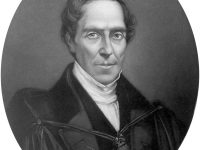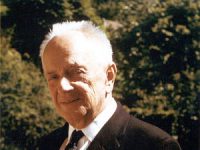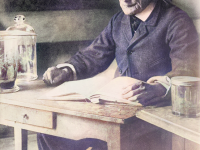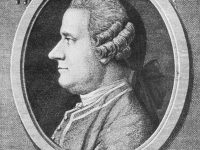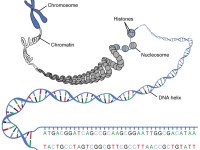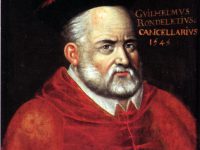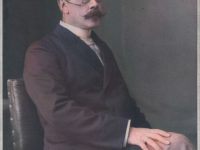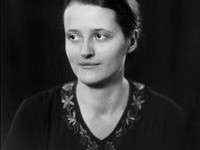Gideon Mantell and the Reconstruction of the Iguanodon
On February 3, 1790, English obstetrician, geologist and palaeontologist Gideon Algernon Mantell was born. His attempts to reconstruct the structure and life of Iguanodon began the scientific study of dinosaurs. In 1822 he was responsible for the discovery of the first fossil teeth, and later much of the skeleton, of Iguanodon. Moreover, Mantell is also famous for his contributions on the Cretaceous of southern England. Well, the Cretaceous is a geologic period…
Read more

